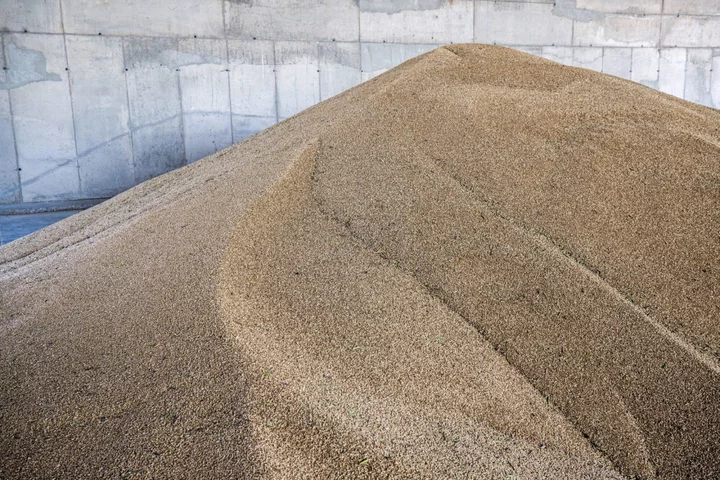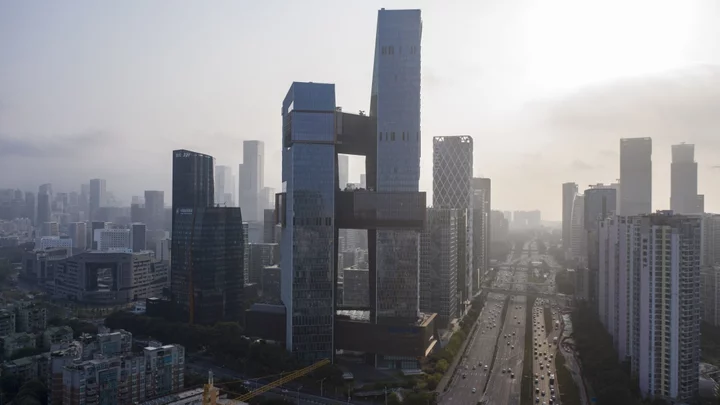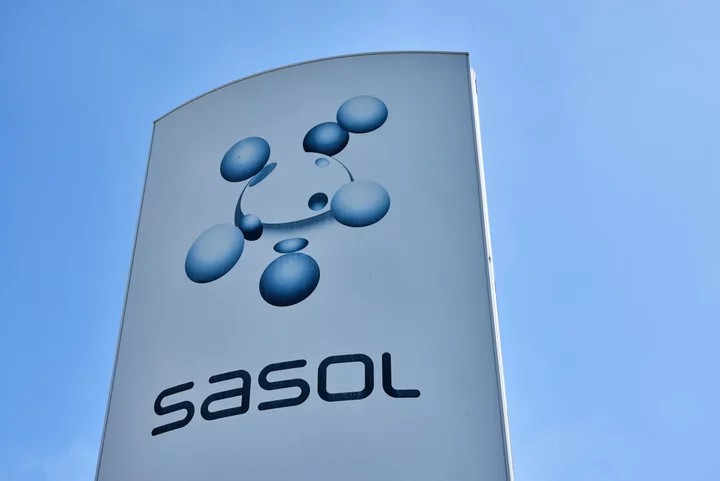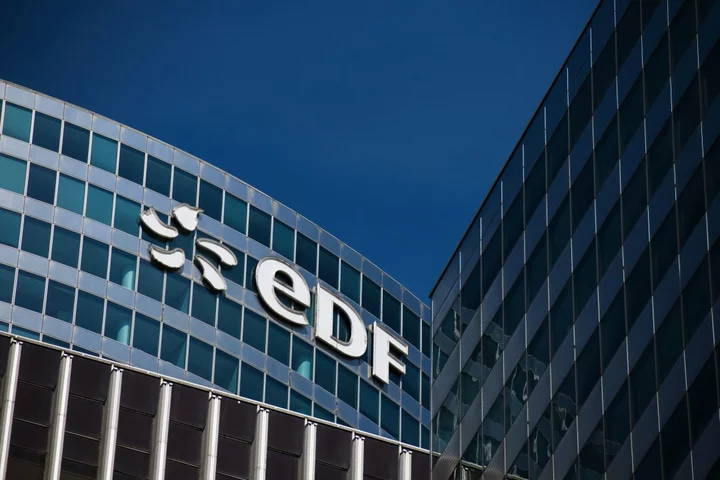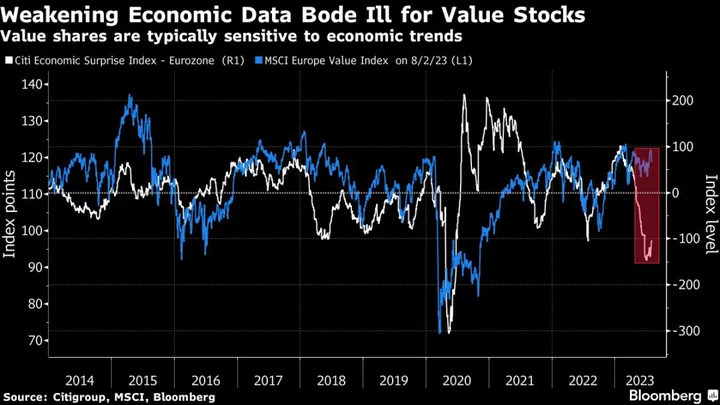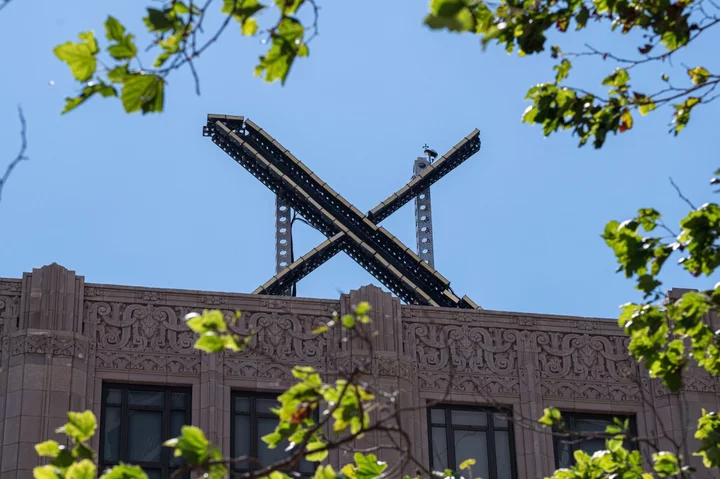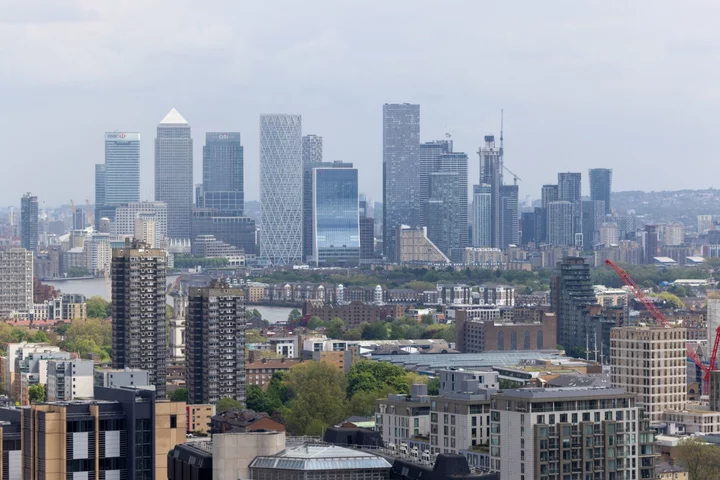Major Asian logistics operator GLP Pte was for years sought after by investors, both when it first went public over a decade ago and then when the company was for sale.
But sentiment has darkened more recently, with its investment-grade dollar bonds the worst performers in Asia this year and the firm at risk of being downgraded to junk territory. Of six such notes issued by GLP entities, four are indicated between 31 and 60 cents, according to data compiled by Bloomberg. Investors generally consider bonds to be distressed if they are below 70 cents.
GLP, a Singapore-incorporated company with significant businesses in China, was acquired about five years ago in what was Asia’s largest buyout at the time. Starting from last year, though, slumping earnings, rising debt levels and corporate-governance concerns pushed the firm’s dollar bonds to distressed levels. Some hit record lows last week.
Earlier this month, Fitch Ratings put GLP on its watch list, warning that a lack of progress on debt reduction could push the company to high-yield status.
GLP had been considered an attractive investment by some investors in China credit who were wary of risks related to the country’s residential-property crunch. Losing its investment-grade status would further shrink the dollar-bond options for money managers seeking China exposure outside the junk debt market.
The firm isn’t a real estate developer in China, nor is it subject to regulatory headwinds in the property industry, GLP Chief Financial Officer Nicholas Johnson told Bloomberg News in an interview last week. But it has been “painted with the same brush” by investors amid the sector’s selloff, Global Treasurer Edwin Tey added.
What’s the company?
Founded in 2009, GLP went public a year later in Singapore’s biggest initial public offering since 1993. Originally the overseas logistics unit of Government of Singapore Investment Corp., the firm was taken private in 2018 by a Chinese consortium in Asia’s biggest-ever buyout at that time.
GLP has over the years expanded into investment management, data centers and renewable energy while benefiting from demand for warehouse space driven by China’s e-commerce boom.
The company generated two-thirds of its revenue from China last year, according to its latest financial report. It has $125 billion of assets under management.
What’s happening?
Dollar bonds from GLP and unit GLP China Holdings Ltd. have lost as much as 27% so far this year, the most in a Bloomberg index of Asia investment-grade notes. They shed 18% and 20% respectively in 2022. Two of GLP China’s notes aren’t at distressed levels, with prices indicated at 78 and 87 cents, according to Bloomberg-compiled data.
GLP suffered a 68% net income drop last year.
After downgrading the firm in November, Fitch put GLP on negative rating watch earlier this month due to deteriorating credit metrics and uncertainties about the company’s effort to reduce leverage through asset disposals. A lack of breakthrough or improvement could push GLP into junk territory, Fitch said.
S&P cut its outlook on GLP to negative six months ago, citing rising financial risks and weakened corporate governance.
Why does it matter?
While GLP says it has either paid or identified sources of payment for debt due this year, a junk rating would likely have a long-term impact on debt refinancing. The firm last sold a dollar bond nearly two years ago, while GLP China’s most-recent issuance was a yuan note last September.
The group had $11.5 billion of net debt at the end of last year, versus $9.7 billion a year earlier, according to the firm’s annual report.
Financing conditions should remain relatively tight for GLP in 2023, “especially with rating-downgrade pressure and more doubts arising from their business transparency,” Iris Chen, a Nomura International HK Ltd. credit desk analyst, wrote in a recent research note.
The concerns around GLP are a reminder of the vulnerability of companies heavily exposed to a Chinese economy still seeking stability after nearly three years of stringent Covid controls and an unprecedented property slump. Any credit downgrade could also weaken investor confidence in Chinese investment-grade borrowers after major developer Country Garden Holdings Co. became a fallen angel last year.
What does the company say?
Johnson, GLP’s finance chief, told Bloomberg News that the firm had “resilient operational results” for 2022 despite a challenging economic environment. “Importantly for us, we have $14 billion of dry powder.”
He also said GLP has a “robust liquidity situation” with cash and undrawn-credit headroom exceeding $3 billion.
The company “is not reliant on any new issuance in the onshore and offshore bond market to service any imminent debt,” said Tey, the global treasurer. He added GLP has either made or identified resources for debt payment due this year. It’s also “earmarked proceeds from its planned monetization of the China logistic assets” to pay back the bulk of 2024’s maturities, according to Tey.
Regarding investor concerns about corporate governance, Johnson said, “We did take feedback from the market last year and we put in place an enhancement to our governance regime, where we put in place a related-party committee around this. And that reviews any transactions between GLP Pte and the broader group.”
What are traders watching for next?
All eyes will be on GLP’ asset-sale progress, a key part of its effort to boost liquidity and cut debt.
S&P said in a note this month that it may downgrade GLP if it’s not able to refrain from using its balance sheet for major related-party transactions, and if it fails to collect the majority of outstanding receivables from its parent company.
Fitch said it’s monitoring the implementation of the related-party transaction policy that GLP announced last October, as well as “how the Chinese asset monetization plan would affect the repayment and address any related-party risks.”
--With assistance from Shuiyu Jing.
(Adds price details in the second and 10th paragraphs.)


